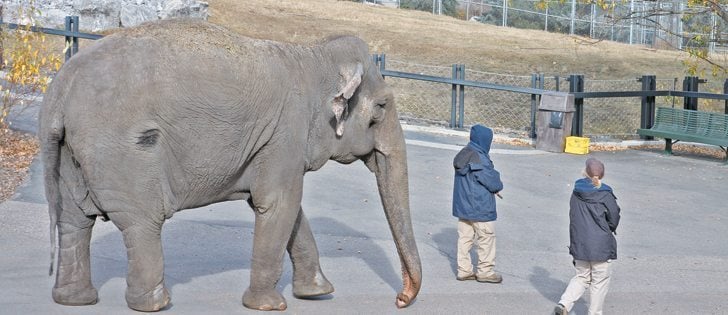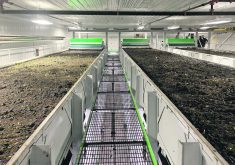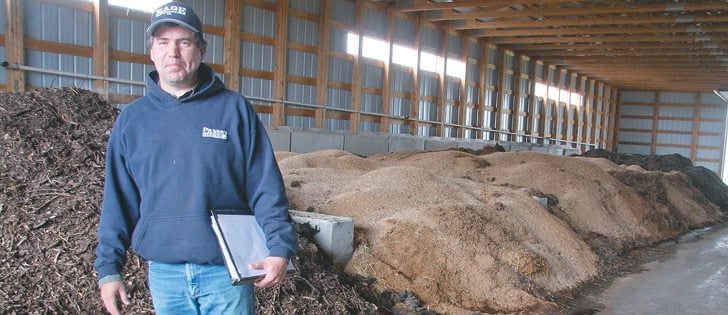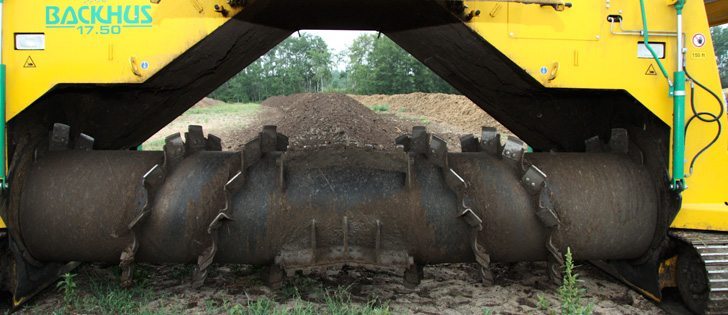The Recycling Council of Alberta has released Alberta’s first guide to on-farm composting.
The guide, a 26-page document on its website, details what on-farm composting is, how to set up on-farm composting, and applying the compost.
On-farm composting, according to the guide, is when compostable material is delivered to the farm from a nearby community. Once composted into a soil amendment, the producer mixes the compost with their own soil.
“The whole idea that farmers can play a pivotal role in this issue is really what drove this,” said Christina Seidel, executive director of the RCA. “It’s not a waste management issue, it’s very much a soil health issue as well so recognizing that farmers are the ones that really need to play that role I think is what prompted this.”
Read Also

U.S. bill could keep out Canadian truckers
The Protecting America’s Roads Act, which was tabled in the U.S. House of Representatives at the beginning of October, would “rid the country of illegal immigrant commercial truck drivers and ineligible foreign nationals.”
The guide was put together with help from students at Old’s College, who contributed to the research, and a committee of compost experts.
“That really helped us and the fact that we also had farmers involved in that research as well, I think was important because we understood the realities of what can and can’t work on farms,” Seidel said.
John Paul a compost expert on the committee, said composting can be beneficial to farmers.
“On-farm composting is a good idea,” Paul said. “The main reason is, we have the opportunity to recycle organic nutrients and build up a circular economy with the food coming from the farms and the waste going back.
According to the guide, on-farm composting is good for soil health on top of all the nutrients it can add When compost is added to the soil, it increases the moisture holding capacity, decreases bulk density in the soil, and holds soil particles together. This means less soil will erode.
Paul said although on-farm composting presents challenges, including the import of non-compostable material that could be harmful for fields, and the odour composting could cause, those challenges will be easy to combat.
“That’s where we want to be encouraging our communities to work together with our farmers to try to keep that plastic out of the material coming to the farms, because it is a cost. And that’s the purpose of the on-farm guide, to help people become aware of the various steps in the process.”
Seidel said although their long-term goal is to have more on-farm composting across the province, right now, the goal of the guide is more to inform than to persuade.


















